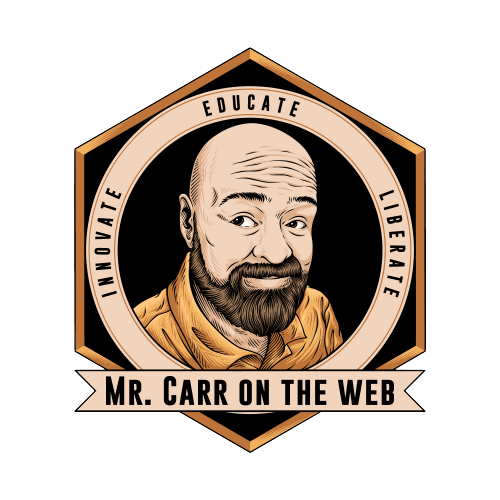Egg Tempera: Renaissance Art Activity
 We had a gloppy hunk of fun yesterday in class! As part of our block on the Renaissance, we explored egg tempera painting.Materials: eggs (one per partnership). Water. A cup to mix in. Paper towel. A paintbrush. Concentrated pigment (I used Stokmar Watercolor concentrate. A watercolor tube paint would work well. Historically accurate would be powdered pigment)Method:1: crack egg carefully into hand2: allow egg white to slip between fingertips leaving the yolk in your hand.3: carefully pass the yolk to your partner's hand. Now, clean your hand with the towel. Repeat back and forth. Each pass will lessen the residual amount of egg white. Continue until you have a relatively dry yolk-sack.4. Pinch and pick up like a cat picks up kittens. Hold over cup and pierce, draining the yolk into the cup. Discard sack.5. Mix in some color. We structured it so that each group if six students created a yellow, red, and blue.6. Add just enough water to make a gravy-like consistency.7. Paint with your new paint! We used watercolor paper.I also had my students glue their paintings into a main lesson book, and write the following dictation:Different types of tempera paint have been in use since ancient Egypt. Renaissance artists used egg yolk as a binding agent, mixing in colored pigments to create egg tempera paint. Artists used minerals and other elements to create different colors and each had to be prepared and blended according to a specific recipe. Artists had their own recipes and sources, but around 1390, Cennino Cennini published a book called The Craftsman’s Handbook which detailed descriptions of painting procedures. His book gives us a glimpse in to the early Renaissance artist’s workshop.Enjoy!
We had a gloppy hunk of fun yesterday in class! As part of our block on the Renaissance, we explored egg tempera painting.Materials: eggs (one per partnership). Water. A cup to mix in. Paper towel. A paintbrush. Concentrated pigment (I used Stokmar Watercolor concentrate. A watercolor tube paint would work well. Historically accurate would be powdered pigment)Method:1: crack egg carefully into hand2: allow egg white to slip between fingertips leaving the yolk in your hand.3: carefully pass the yolk to your partner's hand. Now, clean your hand with the towel. Repeat back and forth. Each pass will lessen the residual amount of egg white. Continue until you have a relatively dry yolk-sack.4. Pinch and pick up like a cat picks up kittens. Hold over cup and pierce, draining the yolk into the cup. Discard sack.5. Mix in some color. We structured it so that each group if six students created a yellow, red, and blue.6. Add just enough water to make a gravy-like consistency.7. Paint with your new paint! We used watercolor paper.I also had my students glue their paintings into a main lesson book, and write the following dictation:Different types of tempera paint have been in use since ancient Egypt. Renaissance artists used egg yolk as a binding agent, mixing in colored pigments to create egg tempera paint. Artists used minerals and other elements to create different colors and each had to be prepared and blended according to a specific recipe. Artists had their own recipes and sources, but around 1390, Cennino Cennini published a book called The Craftsman’s Handbook which detailed descriptions of painting procedures. His book gives us a glimpse in to the early Renaissance artist’s workshop.Enjoy!

